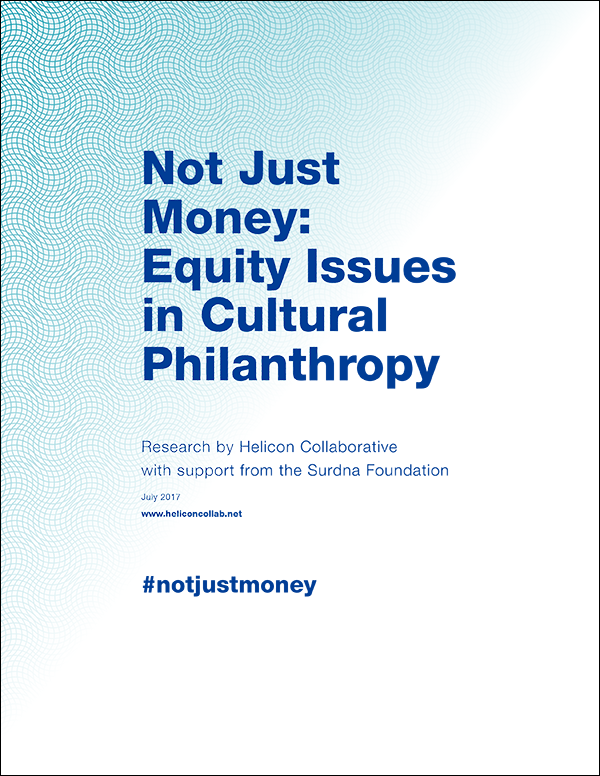Philanthropic practice
These remarks were presented by Rip Rapson, president, The Kresge Foundation, to the closing plenary of the 2017 GIA Conference in Detroit, Michigan, on October 31, 2017.
Thank you, Eddie, for such a gracious introduction.
Read More...Do you think that we are living in a zeitgeist of catalytic change? I have heard the word catalytic used so frequently that I find myself accessorizing moments with this adjective as if it holds the weight of tectonic shifts. It seems to promise the kind of change that either redirects historical systems of oppression toward equity — gradually erasing calcified notions of otherness that fuel supremacist behaviors — or catapults us back into a time where Flintstones-like ideals become presidential norms.
Read More...The quest for support for the arts is continuous. We search for ways to seed or increase the flow of dollars, looking for more philanthropic capacity from every purse. It is never as bounteous as the need.
Read More...During the past two decades, cultural planning practice in the United States has fallen behind that in parts of the world where cultural plans are required in city general plans, broader definitions of culture have been adopted, more domains of city planning have been integrated, and theoretical debate has progressed further. In the United States there is neither a field of cultural planning nor of cultural planners.
Read More...“Is the stadium we passed going up or coming down?” asked Kristen Calhoun, ArtChangeUS founding program director. Suddenly the previously strained community meeting we were attending came alive. Kristen and I were in Detroit in July 2016 to plan ArtChangeUS REMAP: Detroit, and we had repeatedly driven by the mass of steel girders, not knowing if it represented Detroit’s past or future. Artist and activist Invincible ill Weaver had organized a series of gatherings for us to meet with grassroots cultural change makers.
Read More...At the end of this year, Janet Brown will step down as president and CEO of Grantmakers in the Arts. She has led GIA for nine years, and under her leadership, membership in the organization has grown 34 percent, and its budget has nearly doubled. GIA’s influence has grown enormously in the field, and the organization has greatly expanded its programs, introducing webinars, research workshops, and forums on a wide variety of issues, including arts education, capitalization, cross-sector collaborations, racial equity, and support for individual artists.
Read More...July 2017, 37 pages. Surdna Foundation, 330 Madison Avenue, 30th Floor, New York, NY 10017. (212) 557-0010. http://surdna.org.
Download:
Read More...For more than a decade, members of GIA have urged the Grantmakers for Education membership to better recognize the positive impact arts education classes and programs afford to good teaching, good learning, and an overall well-rounded education for students. Arts education advocates hoped to see more sessions at Grantmakers for Education conferences highlighting the value of arts education and more collaboration between arts education funders and education funders.
Read More...In many ways, it has been a heartening year for champions of the literary arts.
Read More...Two years ago, I had breakfast with a colleague — very nice guy who has helped build the social, or “impact,” investing sector. I shared my ideas about how to connect impact investing with the arts.
To him, investing in the arts meant buying a Picasso or a Van Gogh, collecting art objects. He agreed there was a market for fine art. But impact investing in the arts? He was dead against it.
Read More...
